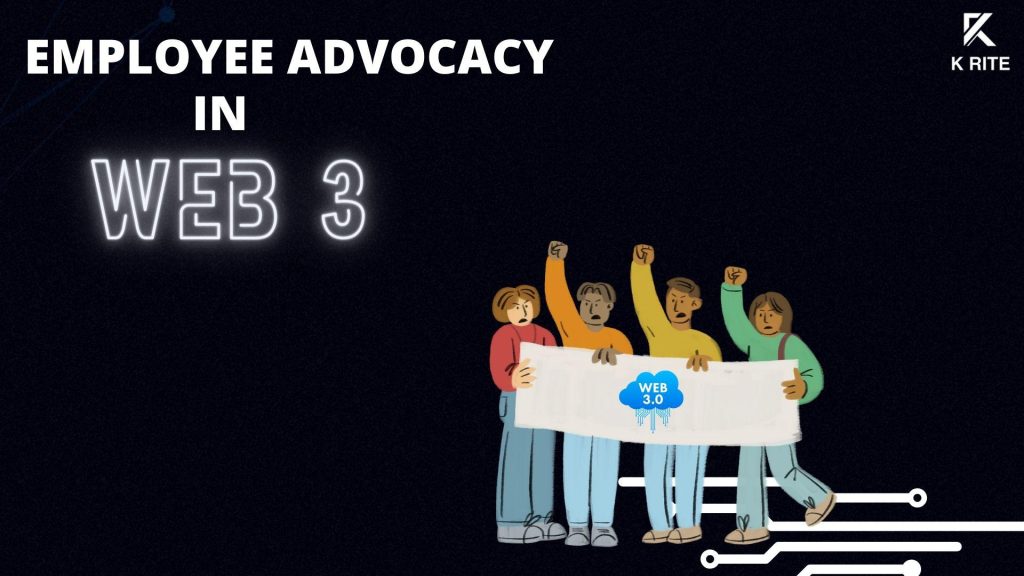Leminist’s Employee Advocacy Program in Web 3 Marketing

Introduction
A pioneering company in the Web 3.0 arena recently launched a groundbreaking employee advocacy program to boost its marketing initiatives. This case study delves into the tactics used, the program’s execution, and its impact on the brand’s visibility and employee engagement.
Background
In the dynamic world of Web 3.0, the company recognized the importance of tapping into its employees’ enthusiasm and expertise to enhance its market presence. The aim was to leverage the employees’ knowledge and networks to magnify the brand’s messages and solidify its position as a leader in the Web 3.0 space.
Objectives
- Increase Brand Visibility: Exploit employee networks for broader brand exposure in the Web 3.0 market.
- Boost Employee Engagement: Motivate employees to actively participate in the company’s marketing strategies.
- Cement Thought Leadership: Establish the company and its workforce as authorities in the Web 3.0 industry.
Strategy Implementation
Training and Resources: Comprehensive training in Web 3.0 concepts and marketing strategies was provided to employees, preparing them to be effective brand advocates.
Content Creation: Staff were encouraged to produce and disseminate Web 3.0-related content, including blogs, social media posts, and forum discussions.
Incentive Program: The company introduced rewards for employees actively involved in the advocacy program, offering recognition, prizes, and career advancement opportunities.
Outcomes
Enhanced Online Visibility: The brand experienced a notable rise in online mentions and interactions.
Employee Empowerment: Workers evolved into proactive brand representatives, enhancing job satisfaction and company loyalty.
Industry Acclaim: The company and its staff gained recognition as thought leaders in the Web 3.0 sphere.
Challenges Encountered
Maintaining Content Quality: It was challenging to ensure uniformity and high quality in the content disseminated by employees.
Impact Assessment: Determining the advocacy program’s direct effects on sales and lead generation necessitated a sophisticated tracking system.
Conclusion
The innovative employee advocacy program in Web 3.0 marketing showcased the effectiveness of using internal resources to boost brand awareness. By empowering its employees as brand advocates, the company not only widened its reach in the Web 3.0 sector but also cultivated a more committed and enthusiastic workforce. This case study serves as a prime example of how employee advocacy can significantly contribute to a company’s marketing strategy, particularly in cutting-edge areas like Web 3.0.

